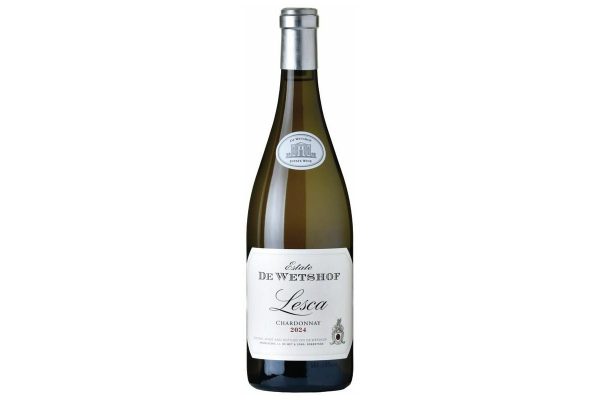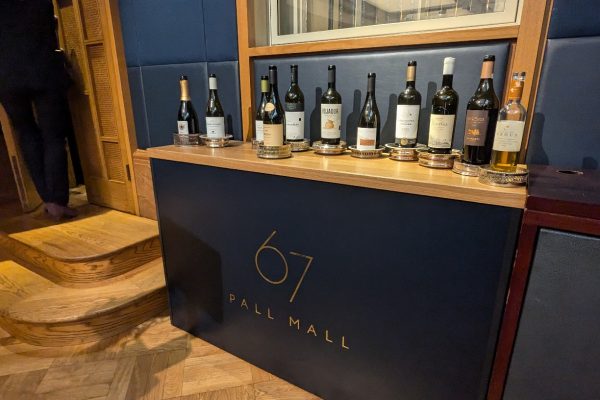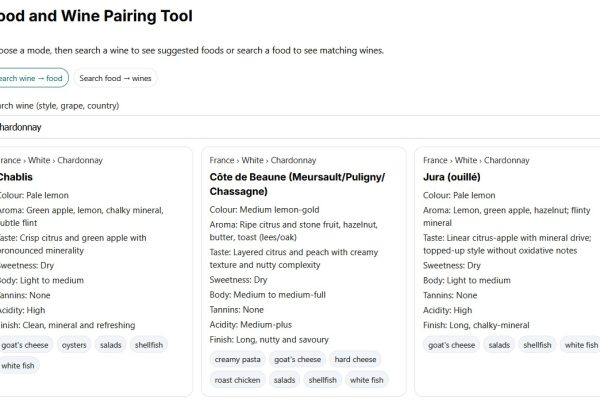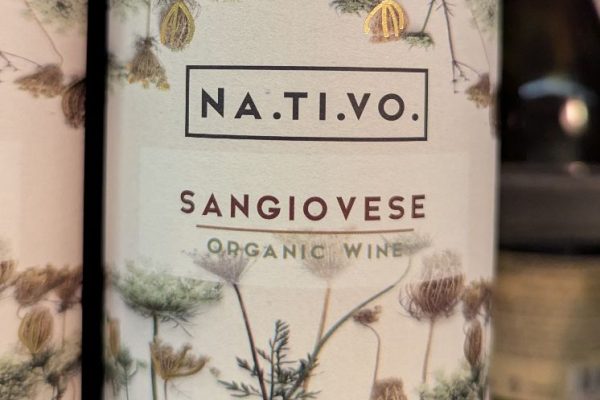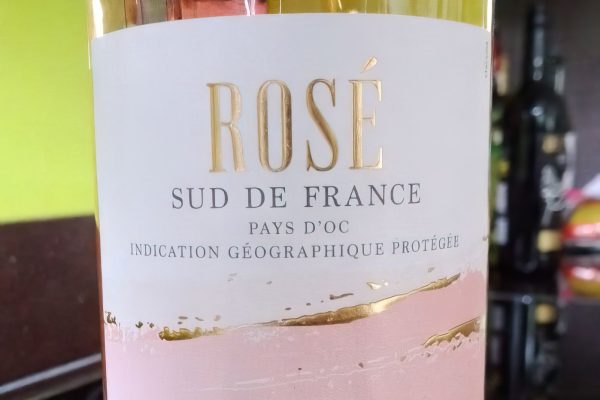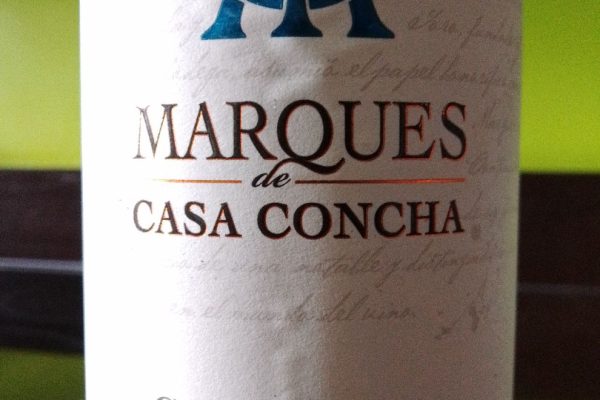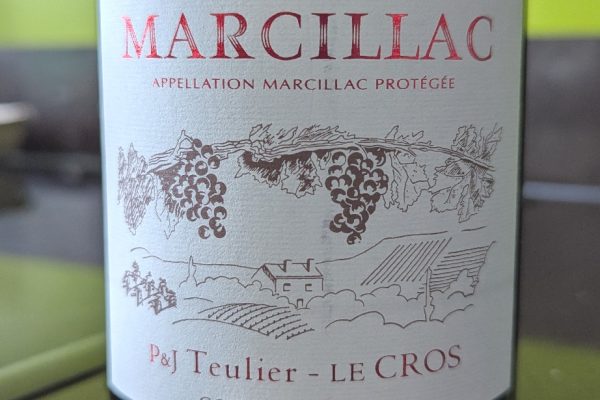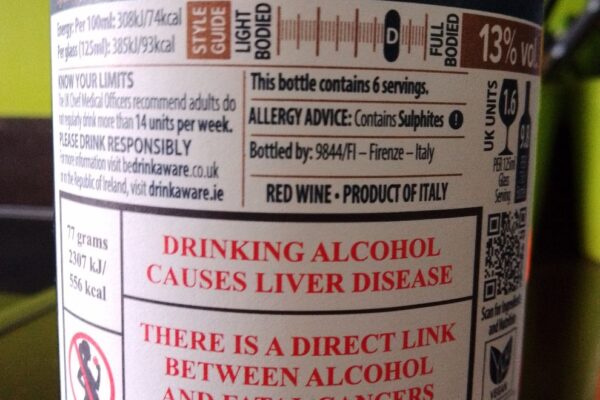Located in the southwest of France, Bordeaux is renowned for its vast vineyards and historically significant châteaux. As the largest French region for quality wine production, Bordeaux’s influence stretches across centuries, shaping the taste and expectations of wine enthusiasts around the world.
The Bordeaux wine industry is comprised of approximately 5,000 winemakers and 29 cooperative wine cellars, collectively employing over 60,000 people. The 2023 harvest yielded 3.8 million hectolitres, equivalent to about 512 million bottles of wine. The composition of the wines produced in 2023 was predominantly red, accounting for 81% of the total production. Dry white wines represented 11%, followed by rosé wines at 4%. Crémants, sparkling wines, made up 3% of the production, while sweet wines constituted 1%. The United Kingdom remains a key market for Bordeaux wines, ranking as the third largest market in terms of value and fourth in volume.

Bordeaux is divided by the Gironde estuary and its tributaries, the Dordogne and Garonne rivers, creating a natural division known as the Left and Right Banks. Each bank boasts distinct soil types, climate and grape varietals that contribute to the unique profiles of their wines.
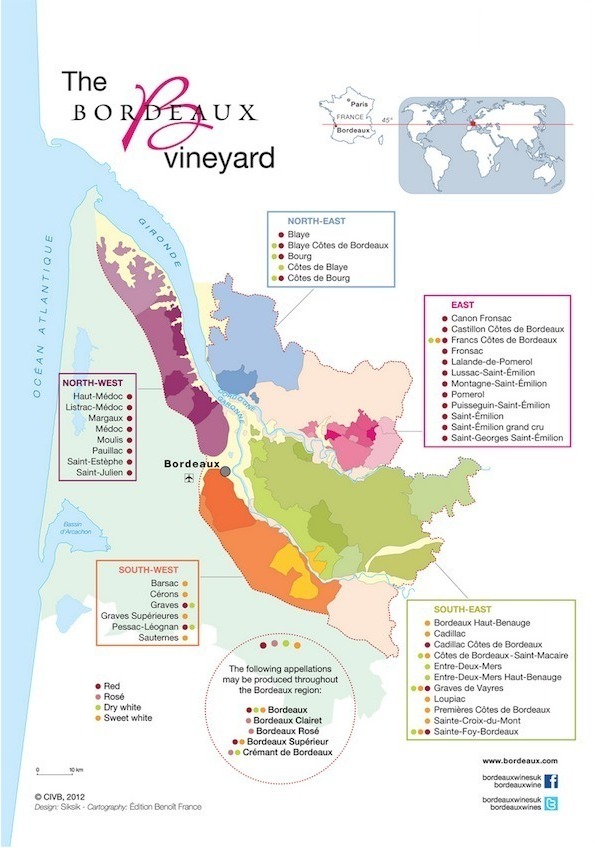
The Left Bank is synonymous with prestige and heritage, underpinned by the 1855 classification that ranked its estates into five growths. This historic classification continues to influence the Bordeaux wine market today. Dominated by gravelly soils, the Left Bank is ideal for cultivating Cabernet Sauvignon. The region is home to the celebrated First Growths, including Châteaux Latour, Lafite Rothschild, Mouton Rothschild, Margaux and Haut-Brion.
The Left Bank wines are known for their robust structure, potent tannins and complex aromas of blackcurrant and new oak. As the wines age, they develop refined notes of leather, cedar and tobacco. Despite modern vinification techniques that make younger wines more approachable, these reds typically benefit from extended cellar aging. In the Left Bank appellations of Bordeaux such as Médoc, Haut-Médoc, Pauillac, Saint-Estèphe, Margaux and Graves produce primarily red wines using varietals such as Cabernet Sauvignon, Merlot, Petit Verdot and Cabernet Franc, with Graves also producing notable white wines from Sémillon and Sauvignon Blanc.
Contrasting its counterpart, the Right Bank has smaller estates and a more varied topography, with dominant clay and limestone soils. This area is revered for its Merlot-led blends, which tend to be plusher and more immediately accessible than the austere Cabernet-driven wines of the Left Bank. Saint-Emilion and Pomerol are the most prestigious appellations here, with renowned estates like Château Cheval Blanc and Pétrus producing wines that are celebrated for their depth and elegance. In the Right Bank winemakers primarily produce red wines using Merlot and Cabernet Franc, with producers such as Fronsac also including Cabernet Sauvignon in its blends.
The Right Bank’s wines are generally softer, with a rounder texture and flavours of ripe red fruits like cherry and plum. They are often less tannic, making them suitable for earlier consumption, yet capable of aging gracefully.
The most internationally acclaimed white Bordeaux wines are typically blends, predominantly made from Sémillon and Sauvignon Blanc. Key appellations in Bordeaux known for producing white wines include Pessac-Léognan, which is part of the Graves region and renowned for high-quality dry whites primarily made from Sauvignon Blanc and Sémillon. The Graves appellation is known for producing both red and white wines, with the white wines typically blended from Sauvignon Blanc, Sémillon and occasionally Muscadelle. Entre-Deux-Mers, situated between the Garonne and Dordogne rivers, mainly produces dry white wines from the same varietals.
Bordeaux Blanc is a generic appellation for white wines made anywhere in the Bordeaux region, typically using these varietals as well. Sauternes is famous for its sweet white wines, predominantly made from Sémillon, with Sauvignon Blanc and Muscadelle also used. Barsac, located within Sauternes, is known for its distinctively elegant sweet wines, primarily based on Sémillon.
Despite its storied past and ongoing popularity, Bordeaux faces challenges that threaten its traditional wine-making practices and market dynamics. The practice of selling wines en primeur, or as futures, has come under scrutiny as prices soar and market conditions fluctuate. Criticism from within and outside the region has highlighted the pressures of modern economics on this age-old practice.
Moreover, the impacts of climate change are palpable, prompting a reevaluation of grape varietals and vineyard practices. The introduction of water-retaining clay soils on the Right Bank and the strategic planting of heat-tolerant grape varieties are among the adaptive strategies being employed.
As Bordeaux navigates these challenges, it also embraces opportunities to refine its practices and expand its appeal to a broader audience. The region’s ability to maintain its legacy while adapting to changing tastes and climates may well dictate its future success.






